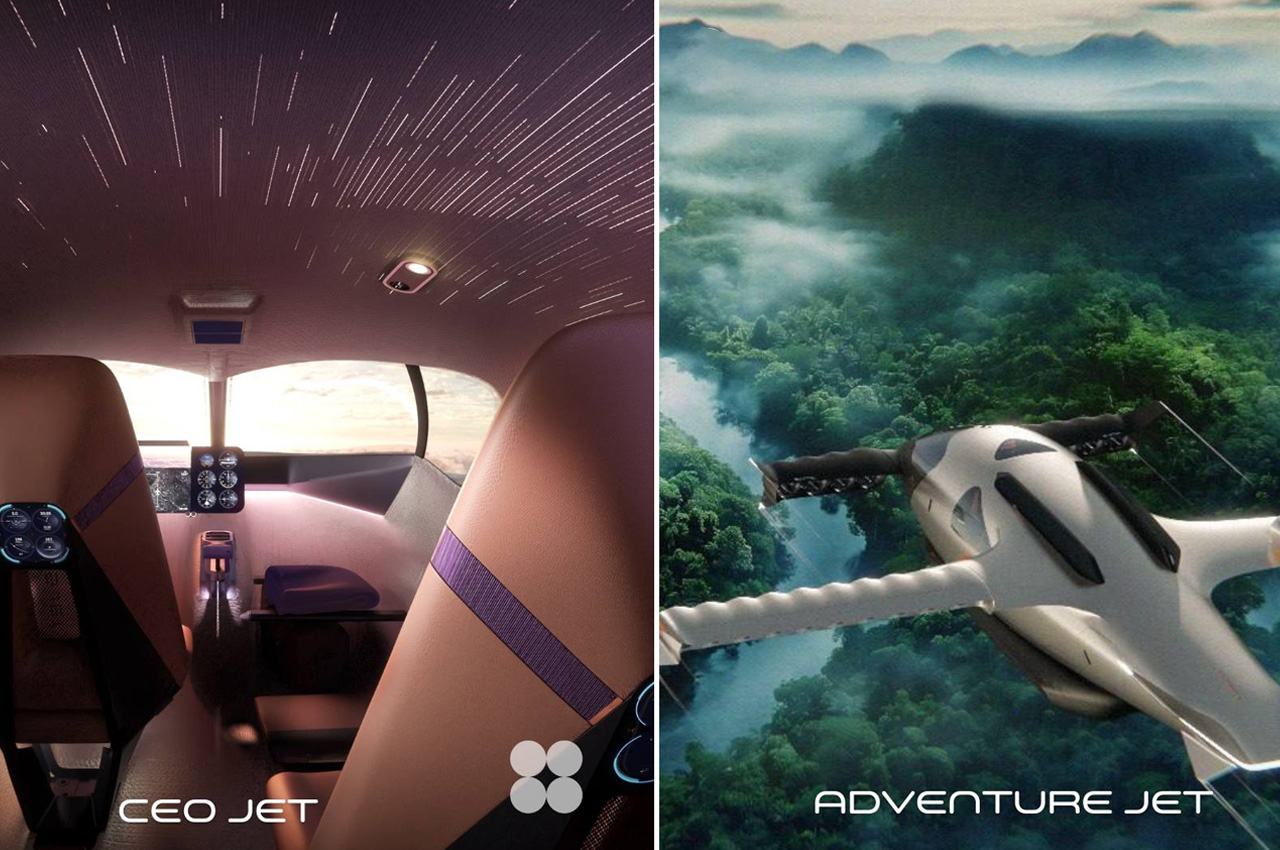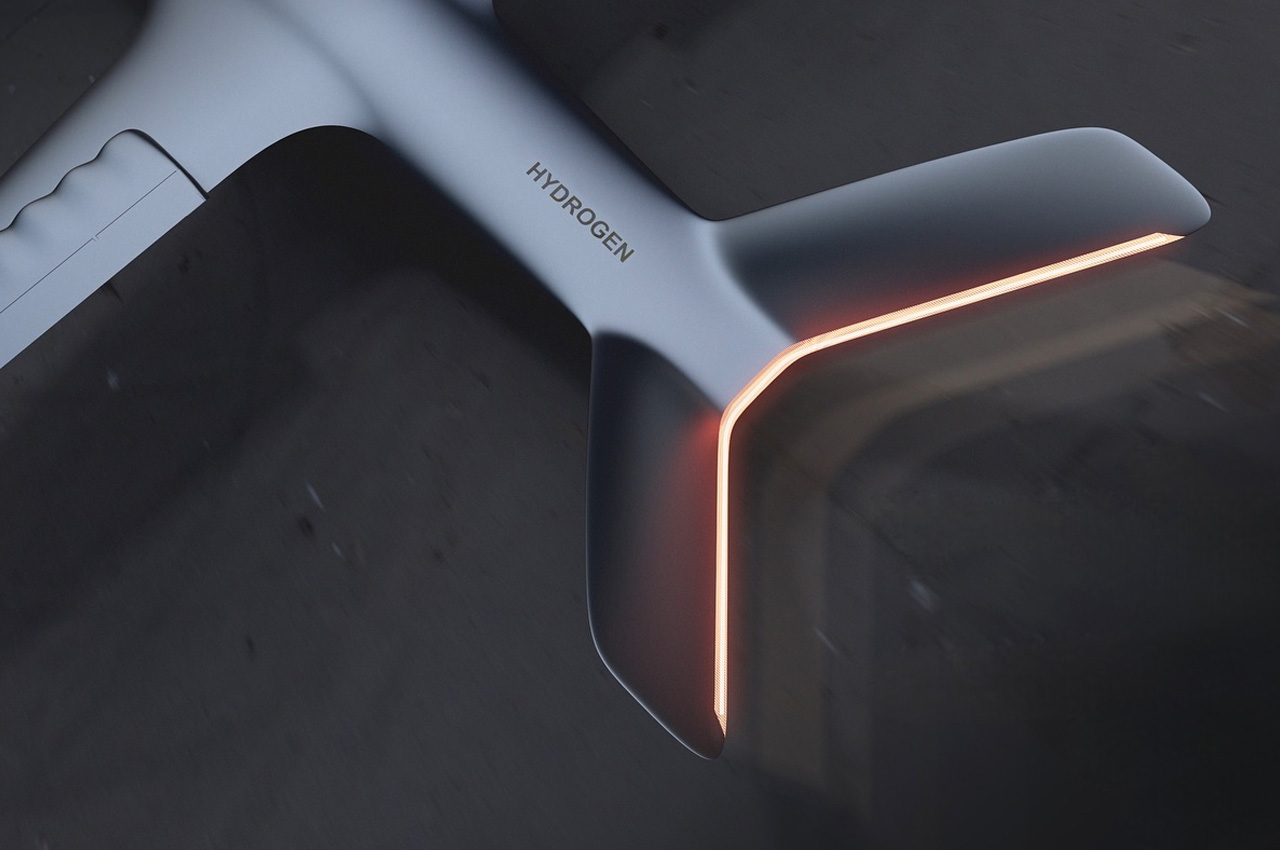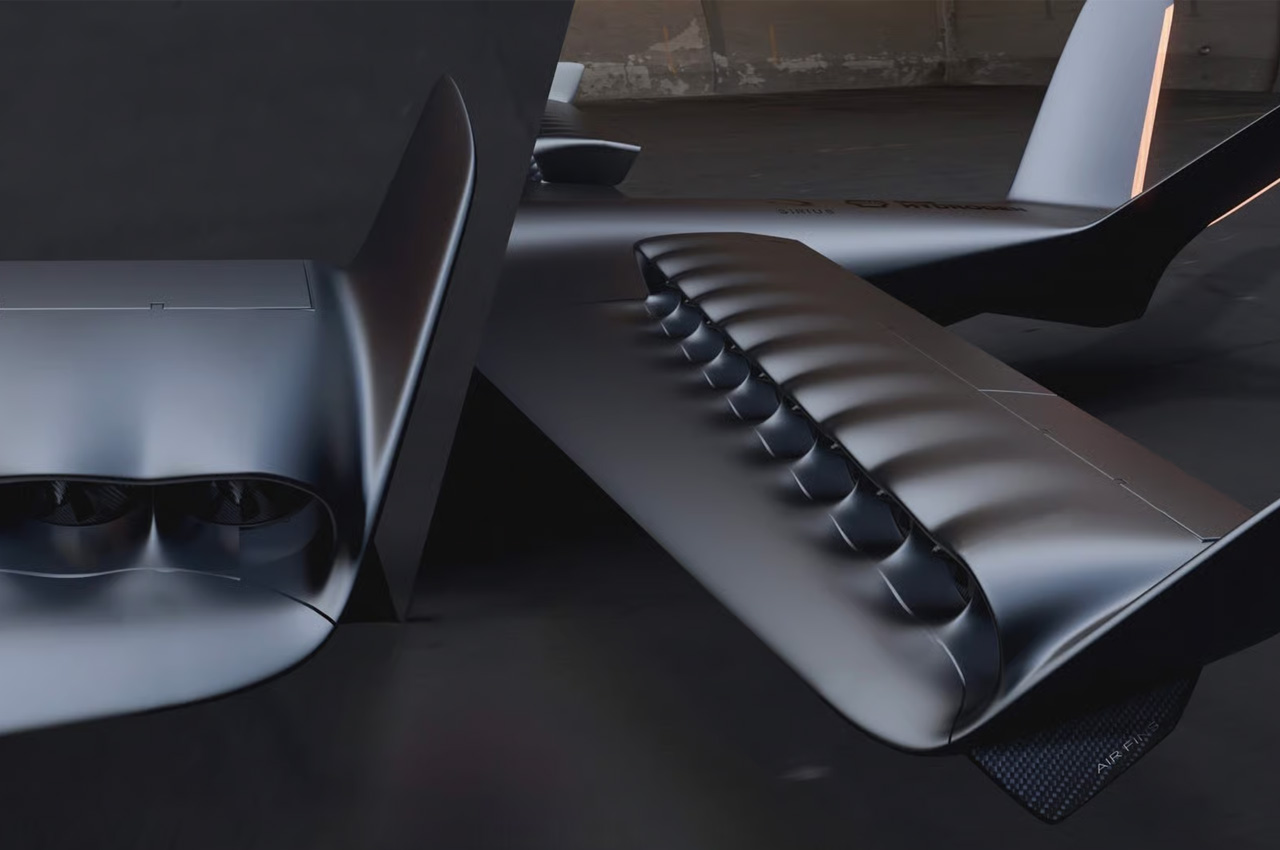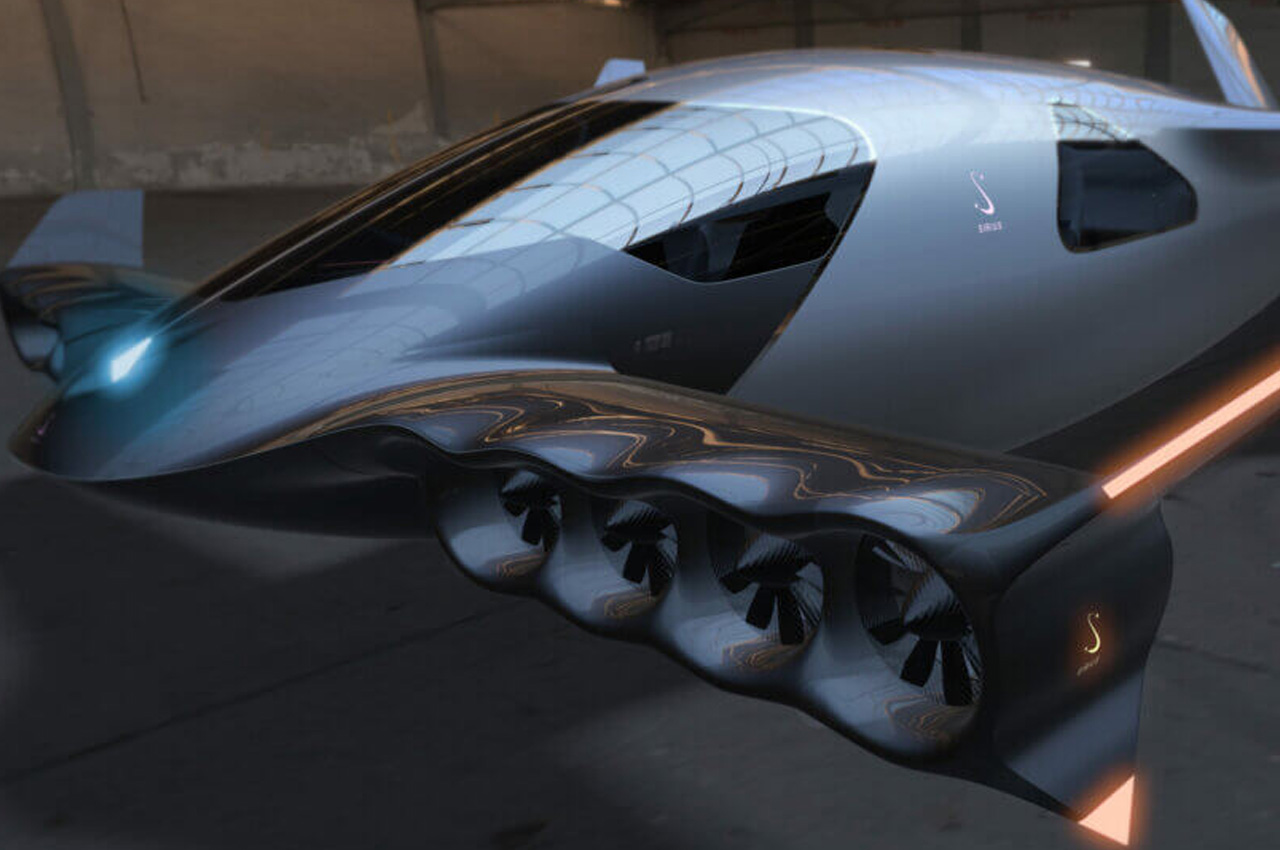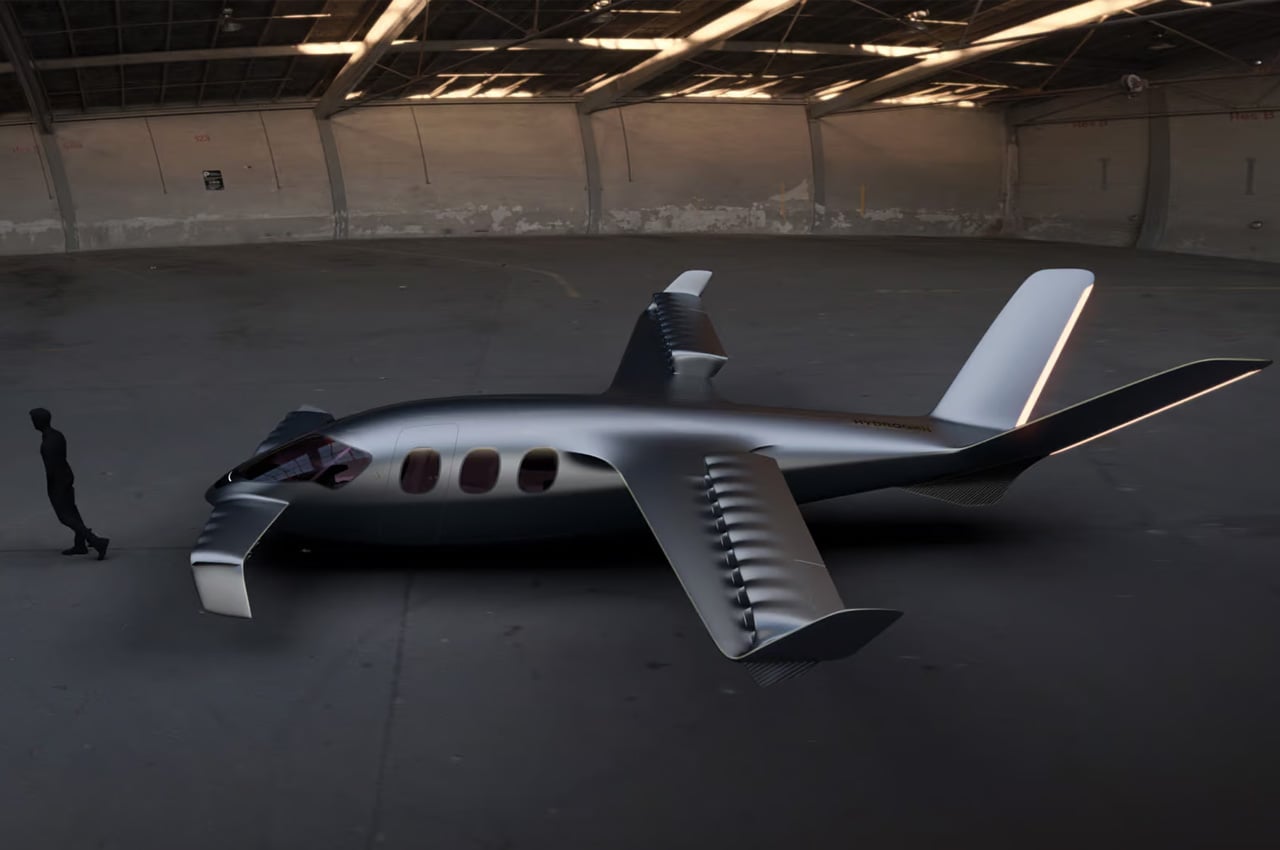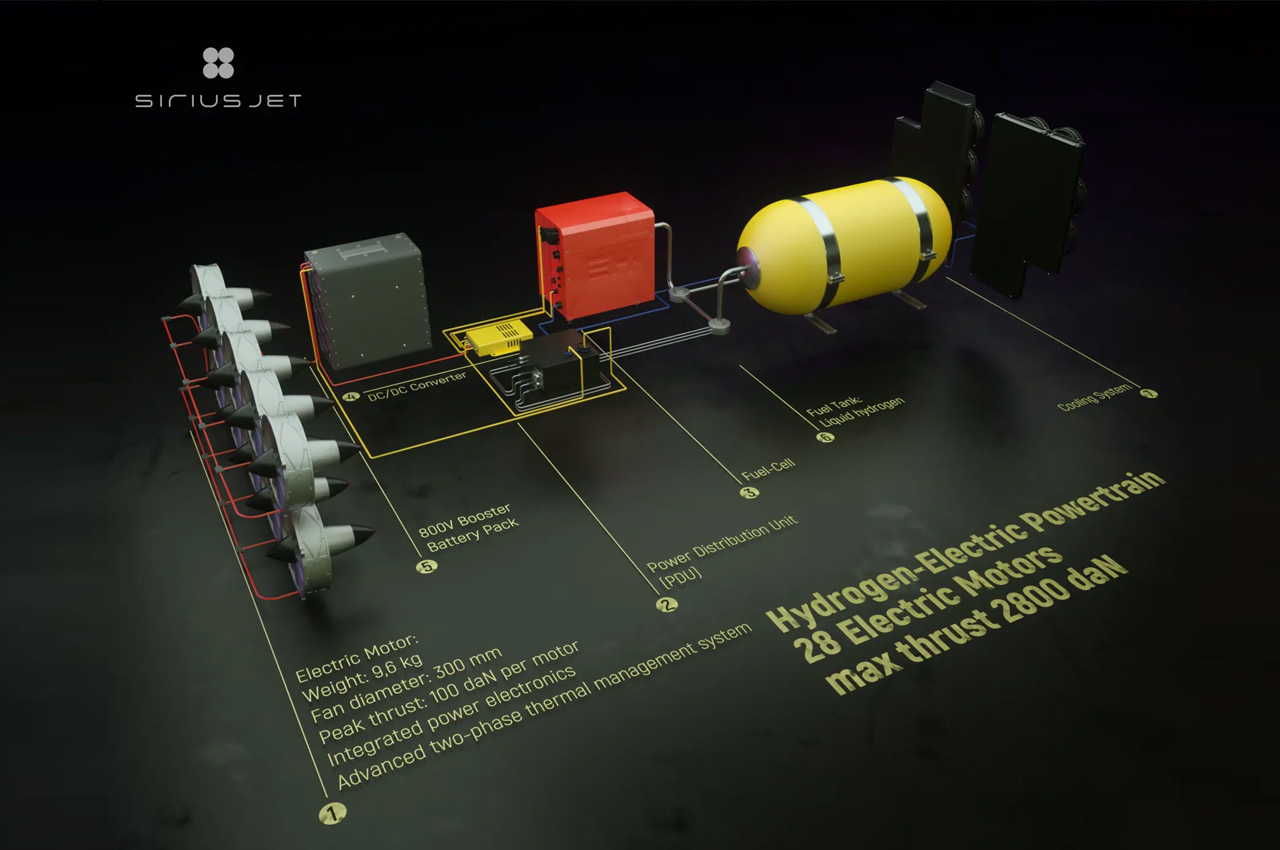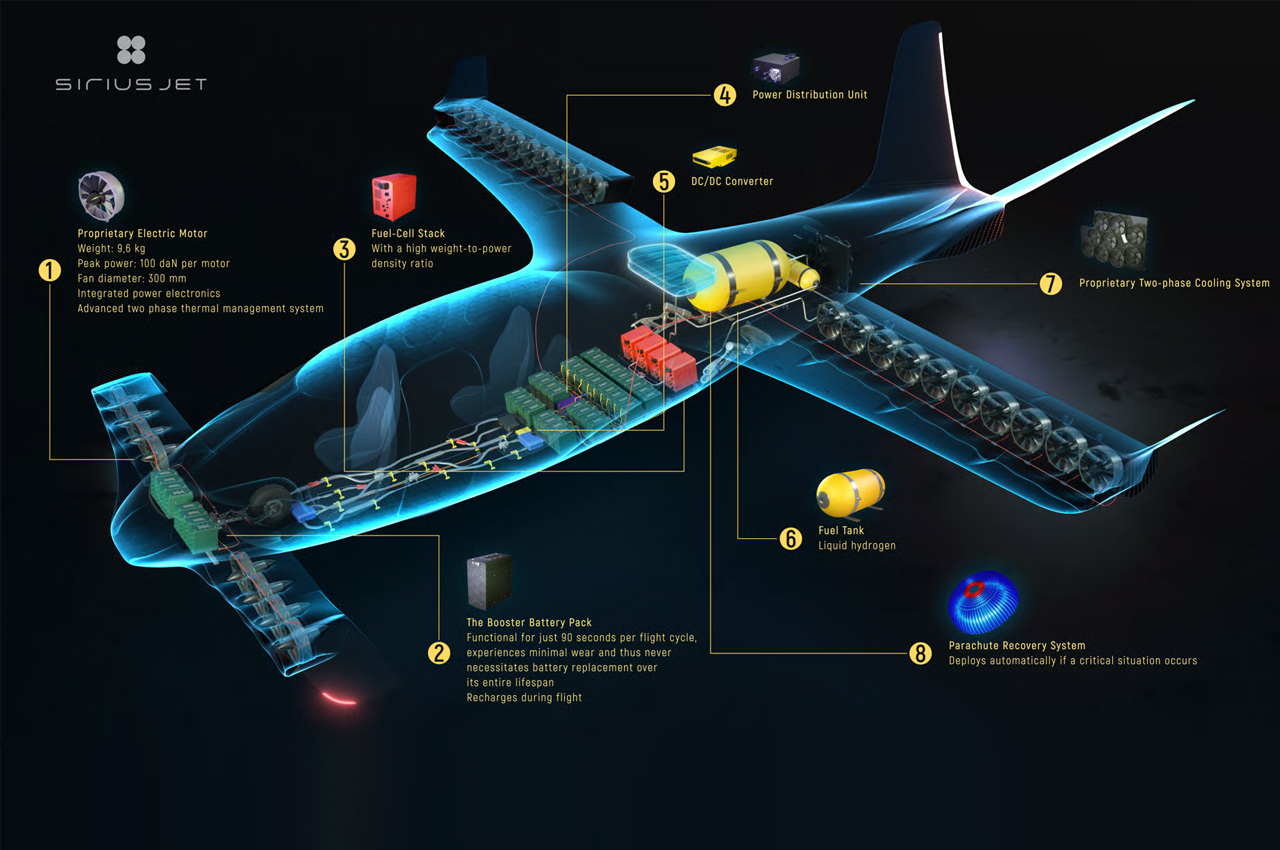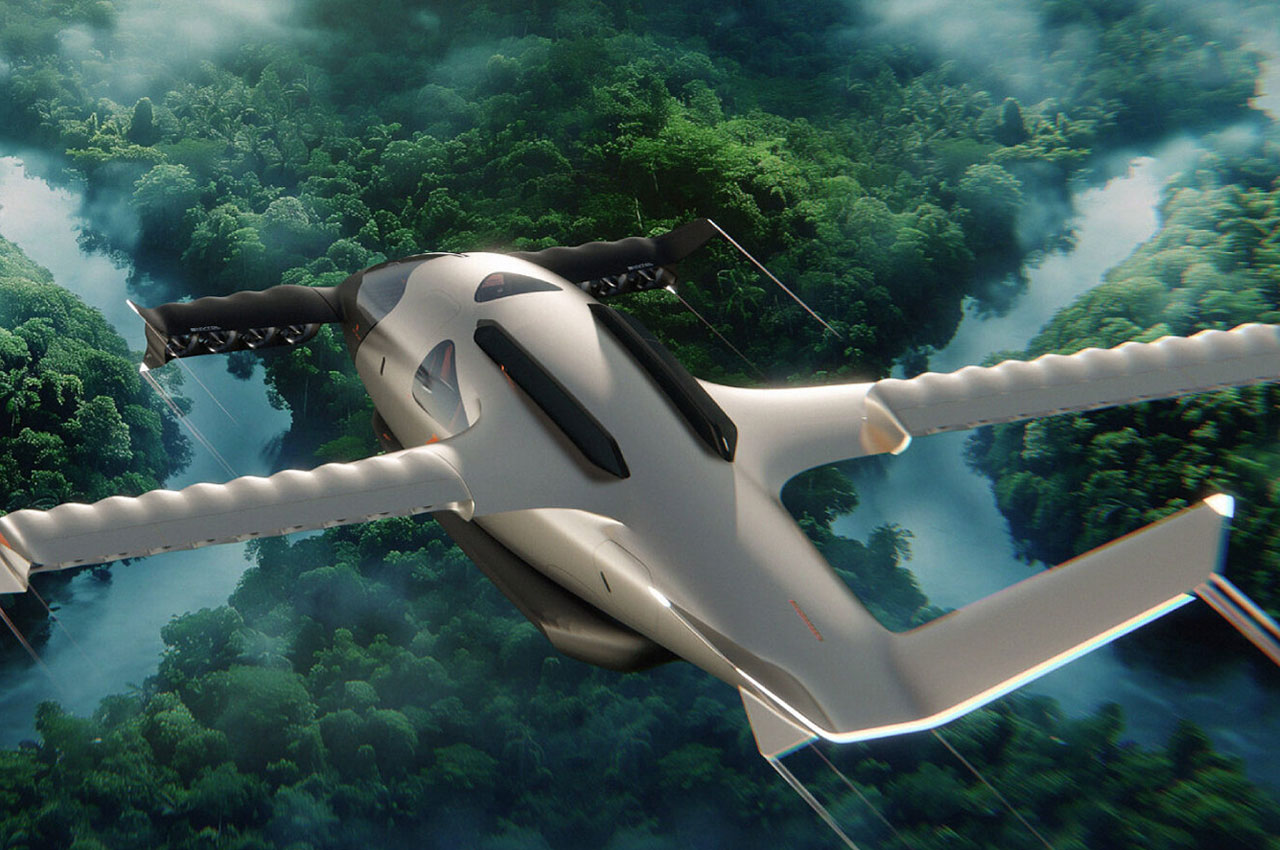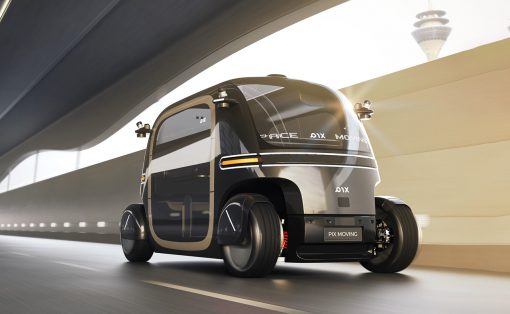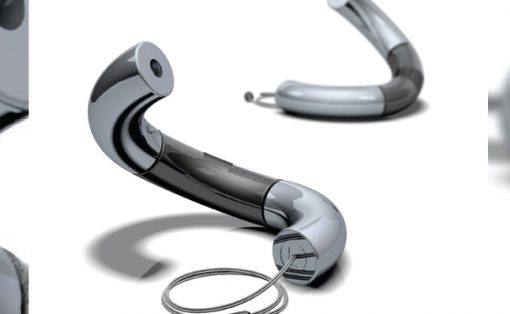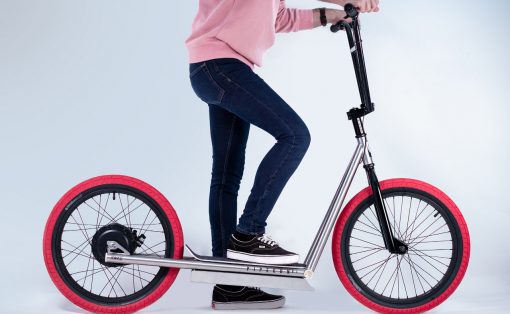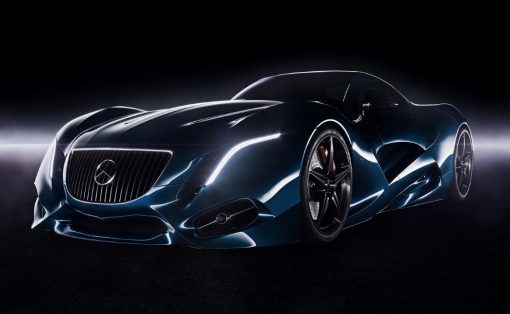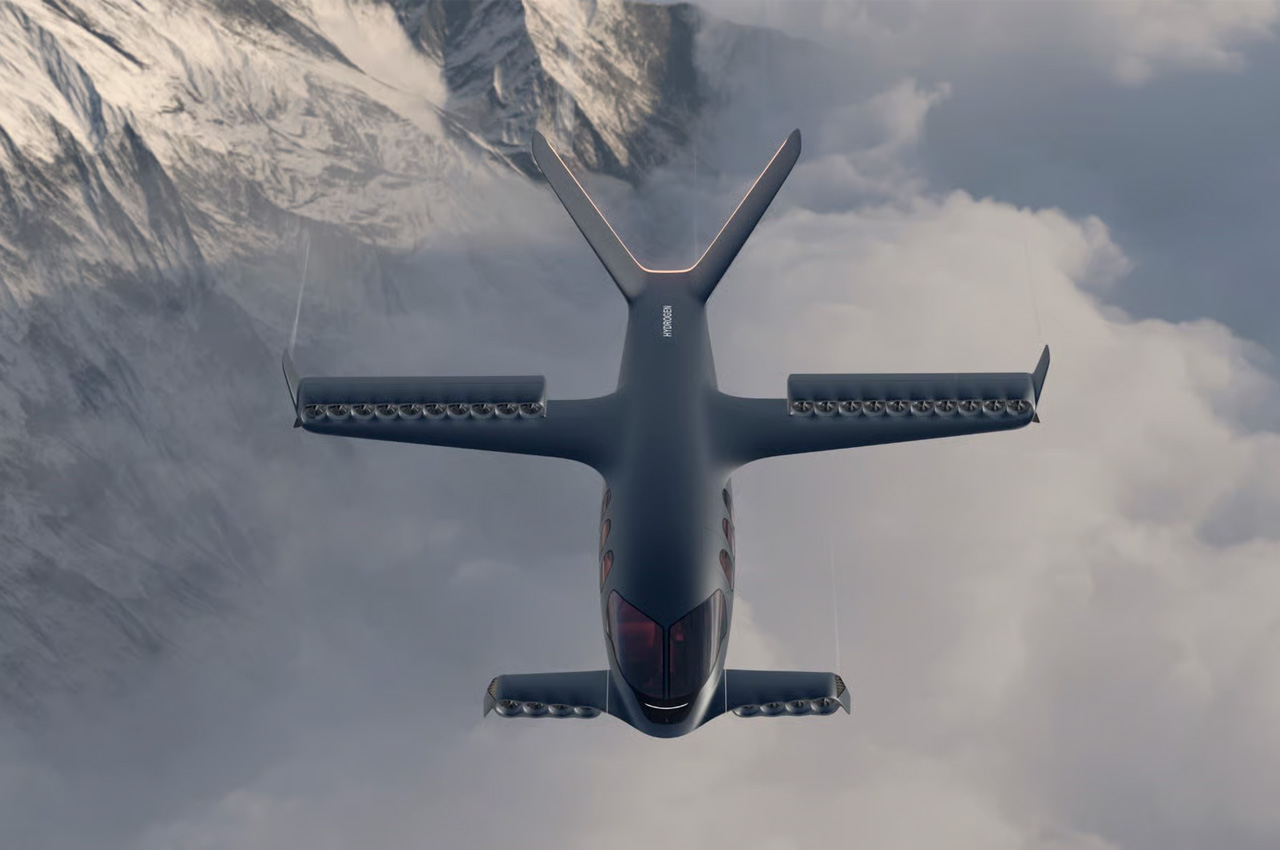
You must have heard a lot of hue and cry about electric vehicles. How they reduce carbon emissions, and how governments are incentivizing citizens to adopt EVs as the new mode of transportation. Silently in the background, more impactful zero-emission vehicles – that emit only water vapor – are doing the rounds, but are much rarer at this time. These are hydrogen-powered vehicles that remain in the shadow of EVs but are not too far from becoming the potent future.
An embodiment of which are the first hydrogen-powered VTOL aircrafts by Sirius Aviation AG, which made their global debut at the MOVE Expo in London recently. Conceived to be the epitome of luxury and sustainability, the new Sirius clean energy aircrafts can bring a paradigm shift in the private air travel experience with high-end design and zero-emission tech.
Designer: Sirius Aviation AG
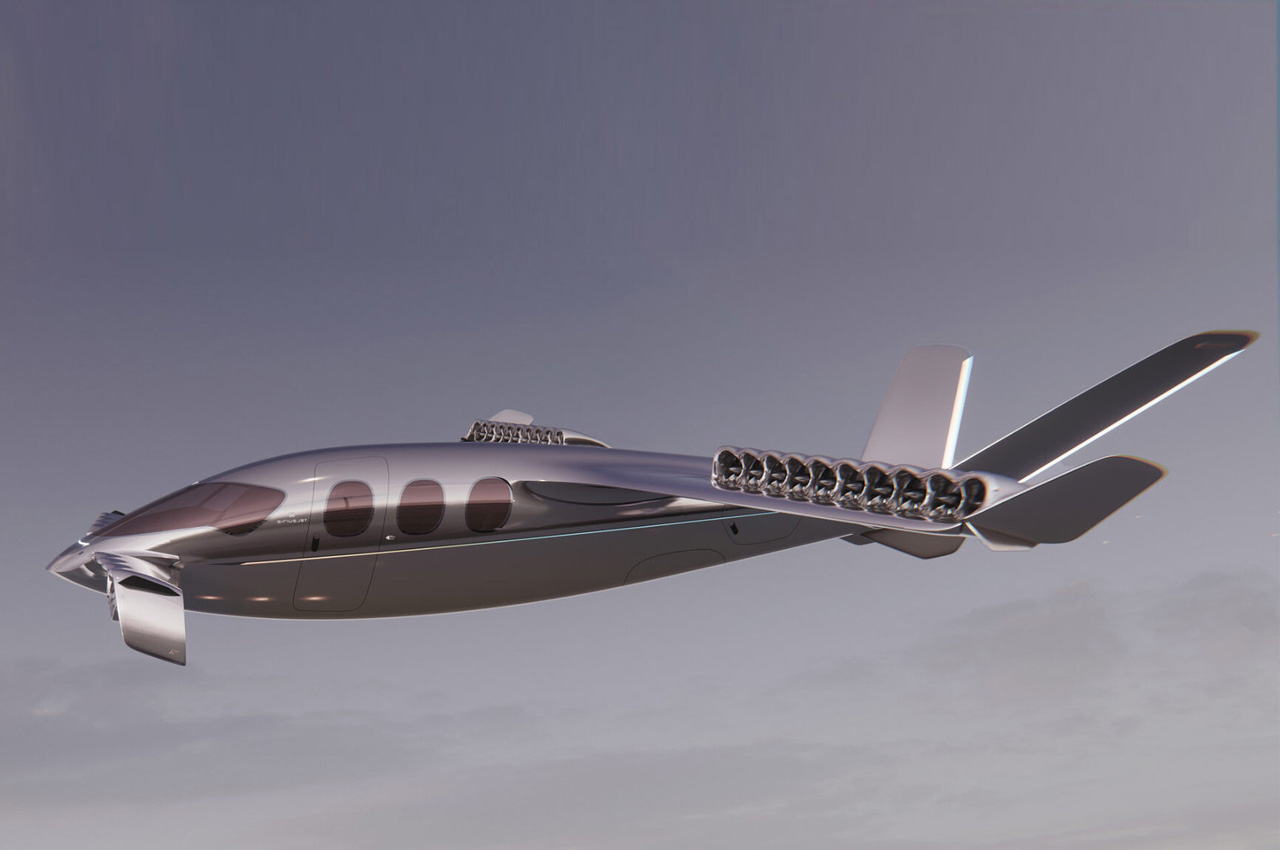
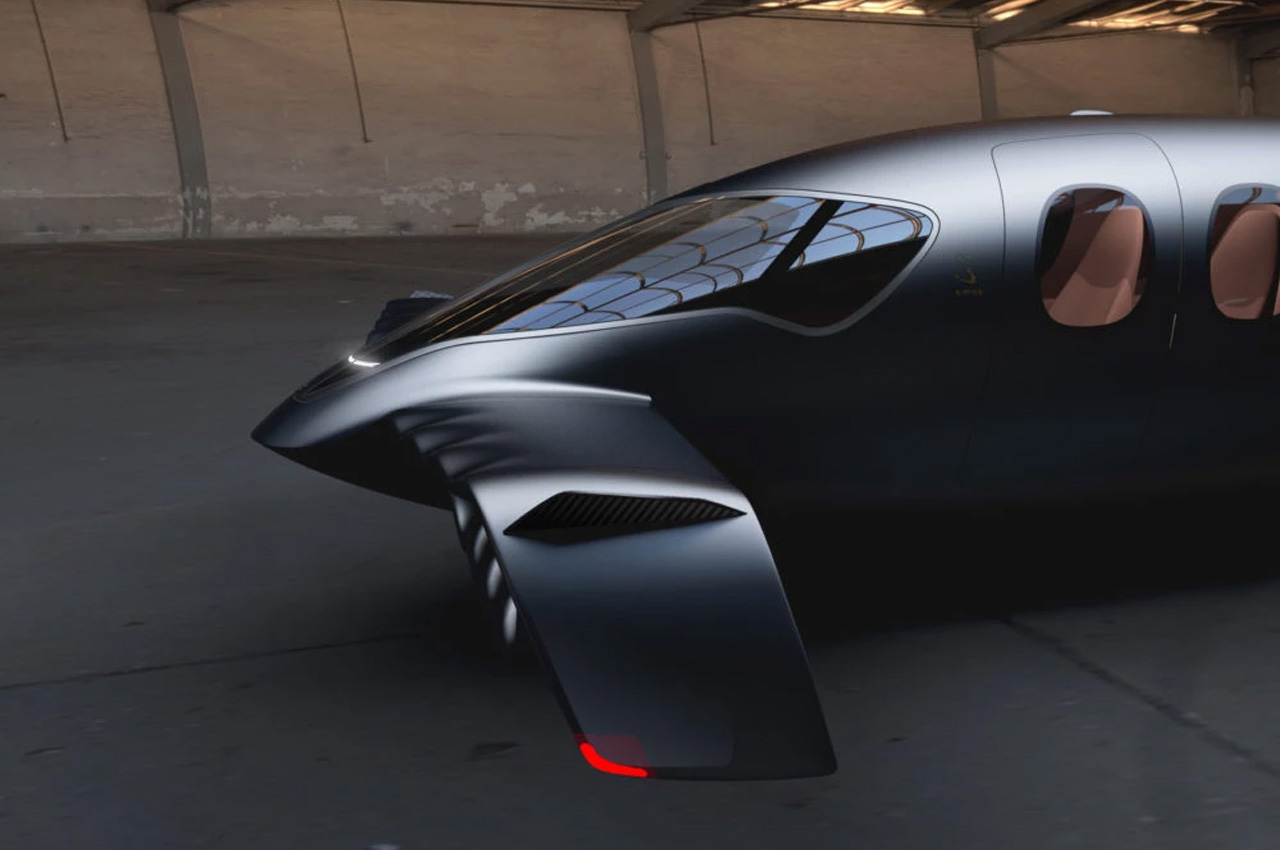
Sirius has unveiled two hydrogen-powered VTOL aircraft: CEO Jet model and an Adventure Jet version. These are made in collaboration with BMW’s Designworks and the Sauber Group and are likely to make their first official flights with humans onboard in 2025. Yes, these thrilling aircrafts are designed to carry humans. More on that below.
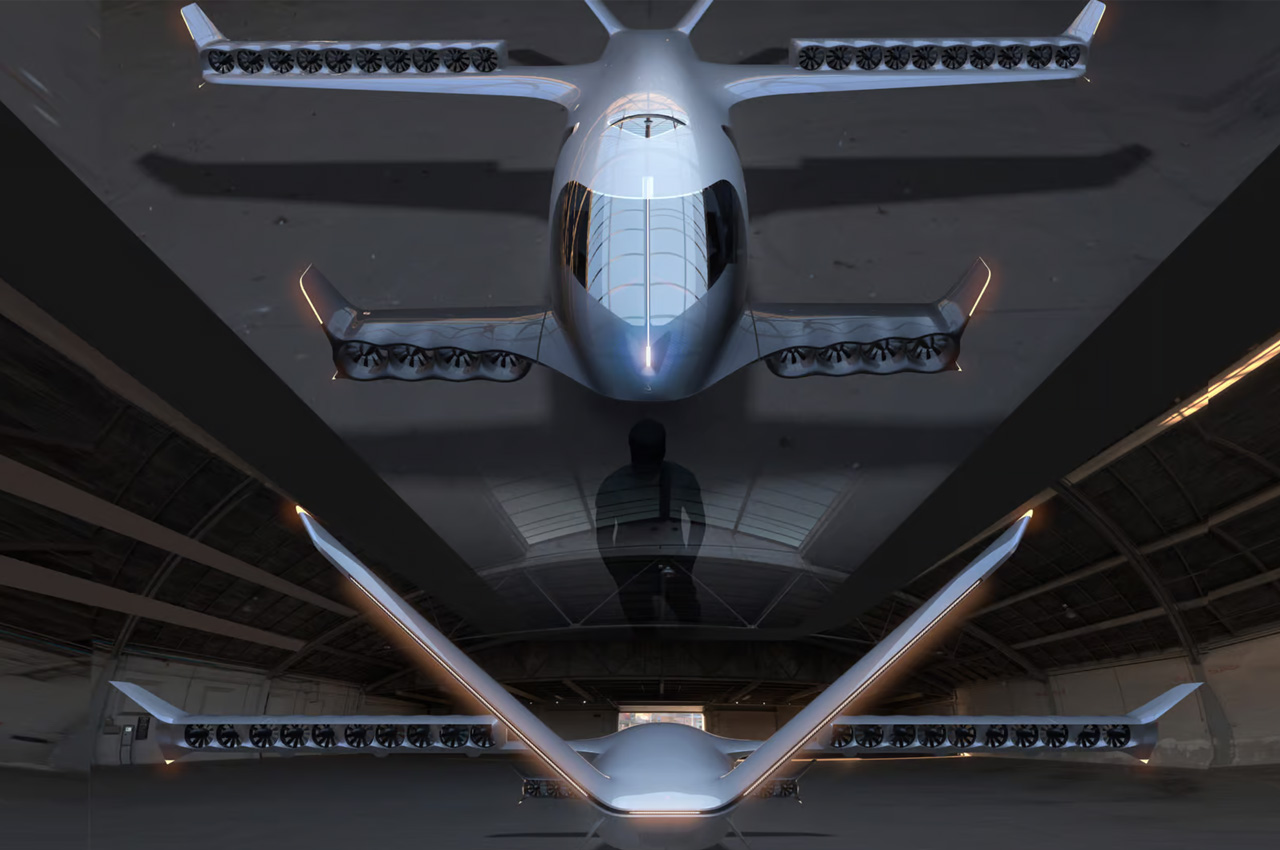
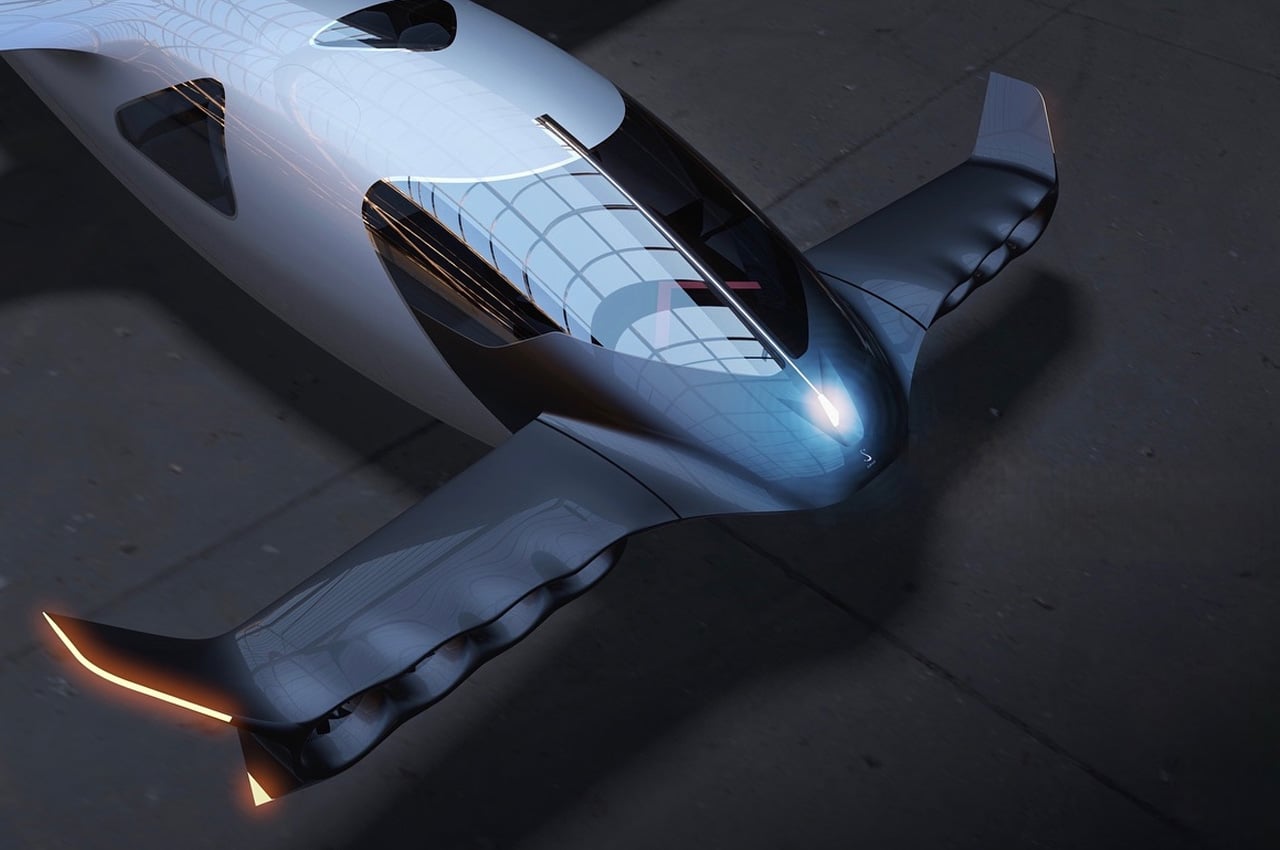
The CEO Jet for instance is, as the name gives up, the high-end executive aircraft of the two. Unlike the Adventure version designed for thrill seekers, the CEO is aligned with business travel needs in mind. It can accommodate three passengers and is meant for point-to-point landings with top speeds of up to 323 mph and a range of 1,150 miles. The interior of the CEO Jet is outfitted with tan brown leather, ambient lighting, and a large window for panoramic views outside. A bezel-less monitor is also installed to display flight information.
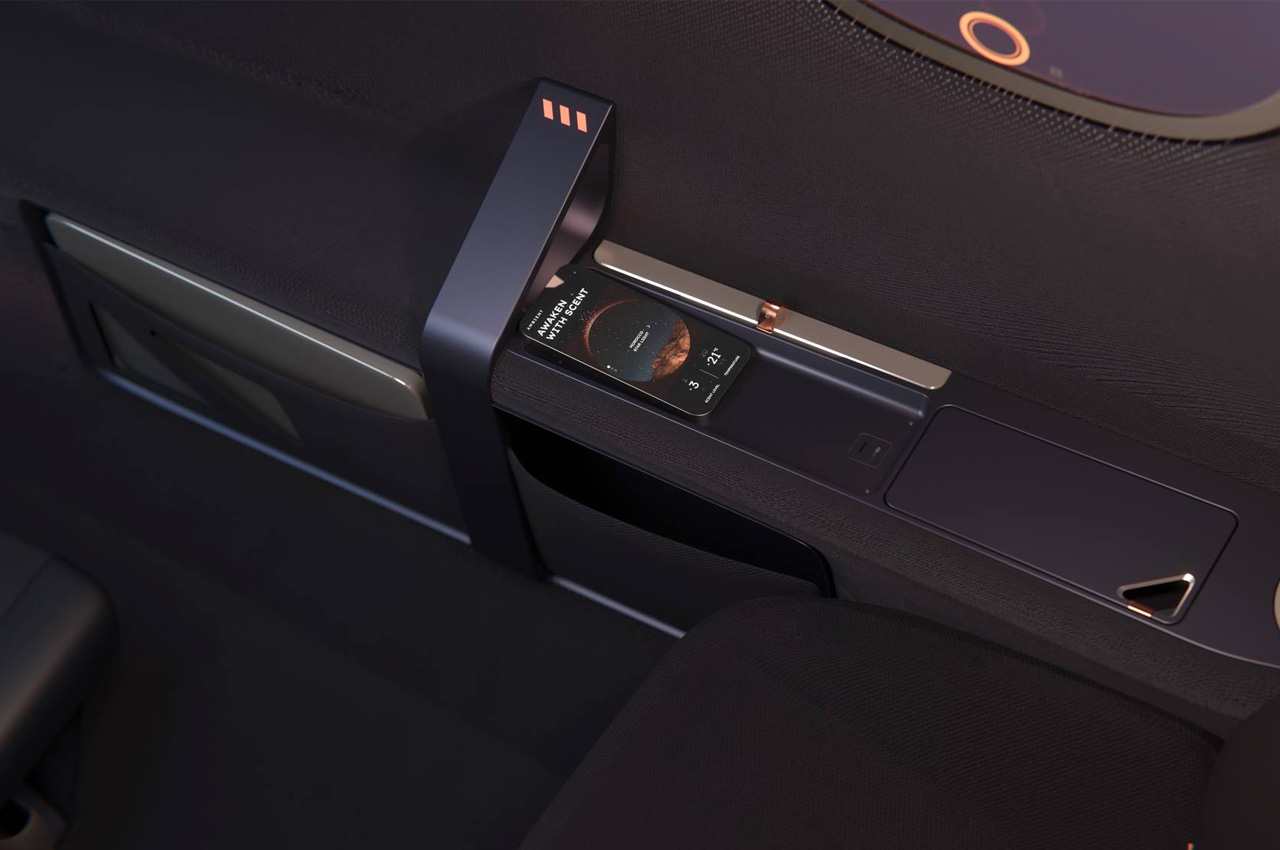
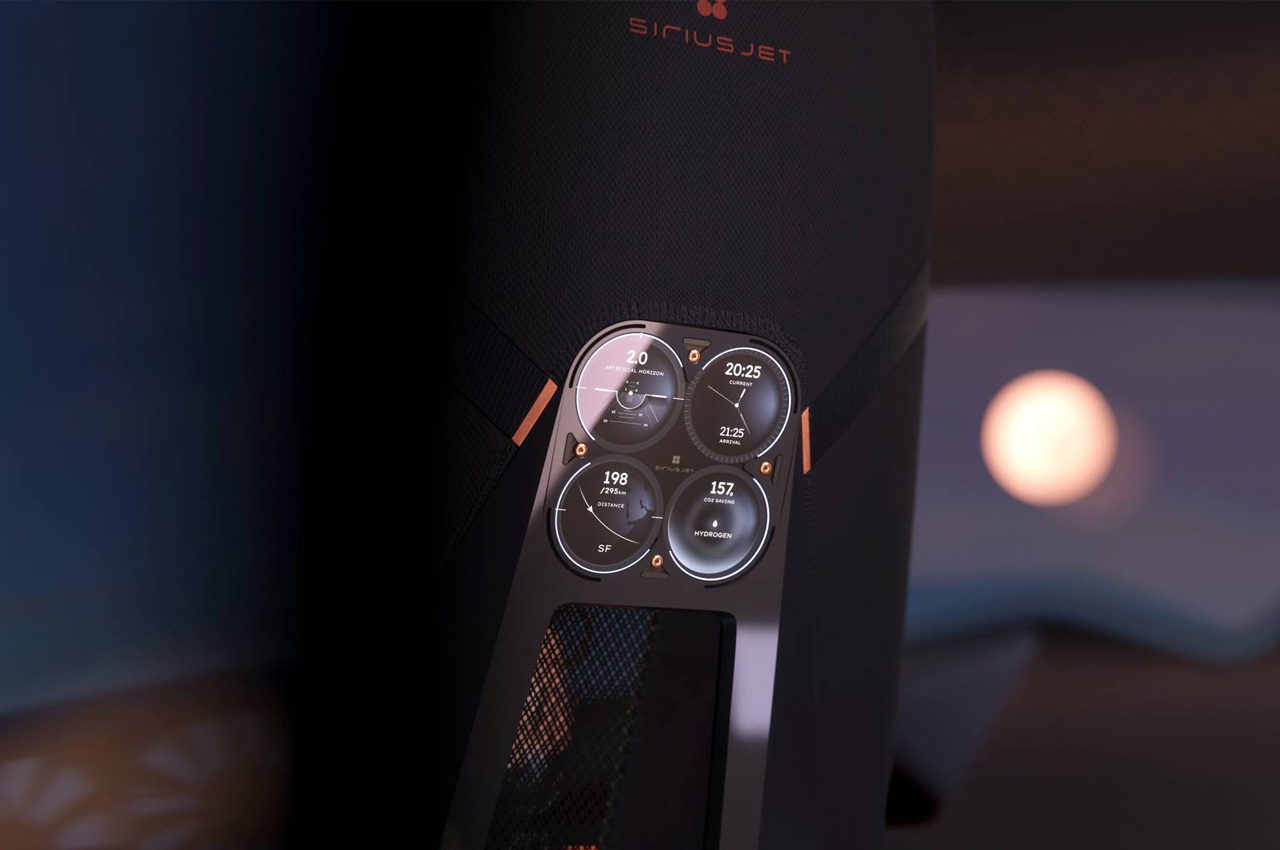
The adventure model of the VTOL is designed for five passengers and a pilot to glide over jungles and mountains, exploring the unexplored from unseen heights, for over 650 miles on a single charge. The rugged aircraft is equipped with off-grid abilities, it also has emergency landing gear including floaters for landing on the water. Both aircrafts have 28 ducted fans, 20 of which are located along the wings while the remaining eight are positioned in the canard. All of these are driven by separate electric motors.
